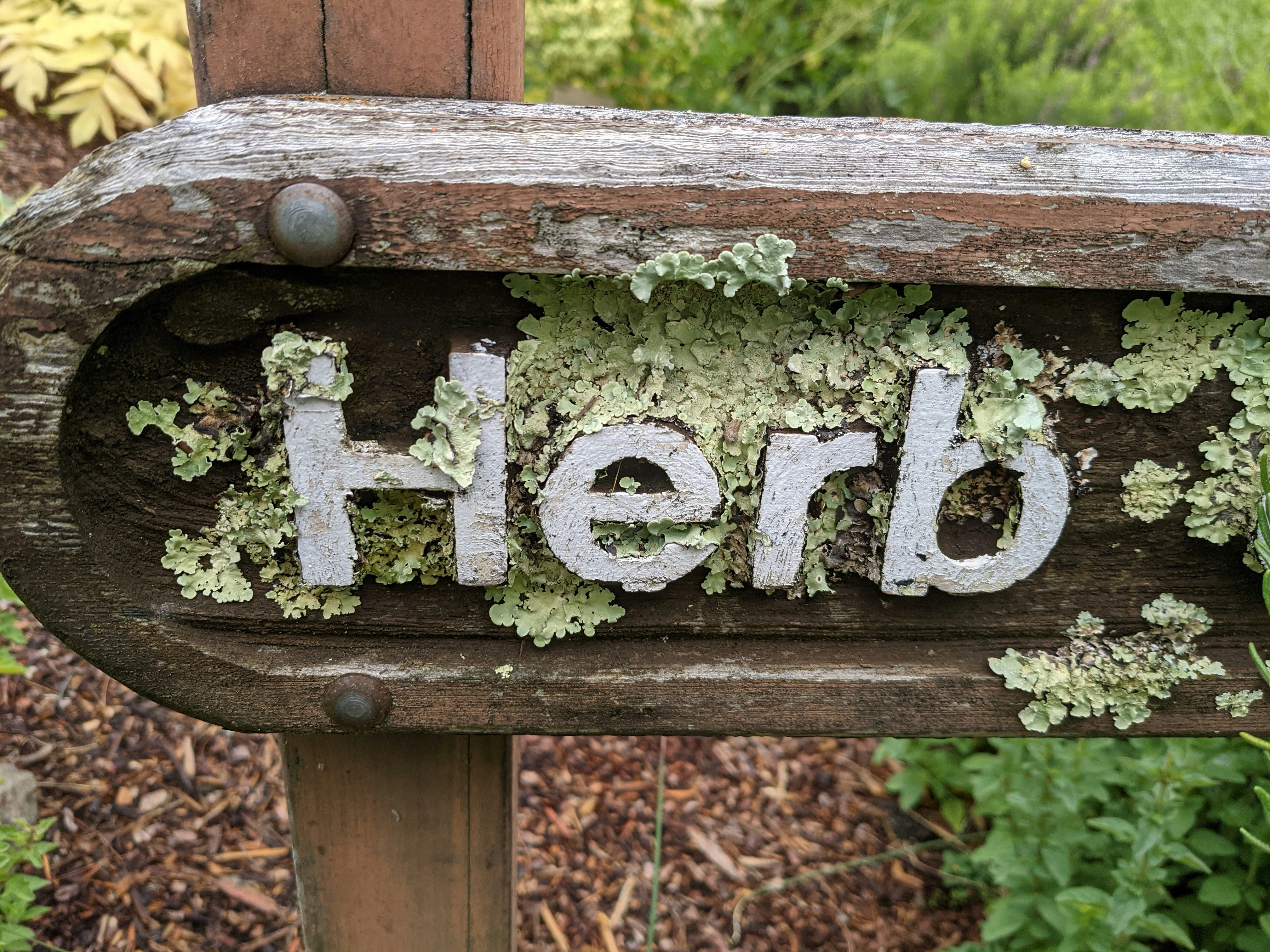
In an area of Canyonlands National Park in Utah so remote that humans rarely enter, a once-abundant but fragile organism could be on the brink of collapse — with climate change to blame.
A study published by the Proceedings of the National Academy of Science takes a 55-year look at lichens. They cling to rocks, to trees, to buildings, to soil — but soon, many of them may not be able to cling on to survival.
You’ve probably seen them before: a hard, brittle, hardy organism that seems in a turf war with moss and other simple plants. But beneath their surface of orange, yellow, green, red (or more colors), there’s a bigger mechanism at play. The organisms, which are found on every continent, are a bizarre symbiosis of fungi and either algae or cyanobacteria. The fungus, always the dominant species, protects the algae or cyanobacteria. These organisms, in turn, feed the fungus by creating nutrients through photosynthesis.
This unique partnership can often take decades to grow — but can be wiped out in the blink of an eye.
What’s new — The study, led by United States Geological Survey scientists in collaboration with other agencies, looked at four genera of lichen in a remote area of Canyonlands, a beautiful landscape carved over aeons by the Colorado River.
The study wasn’t just looking into the rocks — it was looking at the soil. The area experiences intense winds, but the soils stay compact and bonded together by Collema genus lichen.
“Canyonlands South and just sort of canyon country in the upper Colorado plateau has probably some of the most diverse and quite beautiful biological soil crust, really anywhere in the world,” Rebecca Finger-Higgens, a research ecologist with the USGS, tells Inverse.
The study has been underway since 1967, with data collected over time looking at the Collema lichen and Placidum lichen in particular. The drop in Collema has been pronounced, as have declines in Psora decipiens, while Placidum species seem more stable.

Digging into the details — The Canyonlands South area was chosen as a perfect place to study lichen because of a lack of two big influencers: humans (for the most part) and cattle. Cattle often impact topsoils, disrupting the lichen as they walk or graze.
“It just made it this really unique and beautiful system to be able to look at some quite unique organisms that are found in drylands,” Finger-Higgens says.
Lichen are intricate and slow-growing, partly because of their symbiosis. A negative impact on lichen like the Collema genera can cause a disruption to the ability of the lichen to bond to the soil, while also taking away an important converter of atmospheric nitrogen into bioavailable nitrogen that hardy desert plants can use to grow out of the soil.
These plants also supply nutrients for the individual species within the lichen to use, creating a feedback loop. The subsequent effect on the ecosystem when disrupted can be catastrophic.
“That is a little bit concerning because we still don't fully understand how important these lichens are for providing fertilizer into these systems,” Finger-Higgens says. “But we know that they play a role of providing nutrients into the soil system of these drylands, so their decline is cause for alarm — that perhaps, these soils are losing stability and fertile nutrients.
Climate change impact is one thing, but the increase in tourism to Canyonlands and nearby national parks like Arches and Capitol Reef could bring more hikers into the remote lands — and not all of them staying on designated trails, whether to set up a tent or to bushwhack across the fragile soils.
“Just be careful where you step and travel in drainages and other systems where you don't actively see these biological soil crusts because it can lead to soil erosion and ecosystem collapse potentially,” Fingers-Higgen says.

What’s next — Fingers-Higgen and her colleagues will return to the area soon to look at vegetation, to see if a decline in plant matter there corresponds to the decline in Collema species. They will also later take soil sample cores to look at changes in nutrients over the past few decades.
If more areas of the world are studied for lichen decline, it could also tell us the status of these fascinating, fragile, and oft-forgotten parts of the world around us.







